Dance is a universal language that transcends borders, connecting people through rhythm, expression, and storytelling. From the fiery passion of Latin American dances to the graceful elegance of classical Asian forms, here are 7 dance styles around the world that showcase the beauty of global diversity.
7 Dance Styles Around The World
Every culture has its unique dance styles, each reflecting its history, traditions, and values.
1. Salsa (Cuba/Latin America)
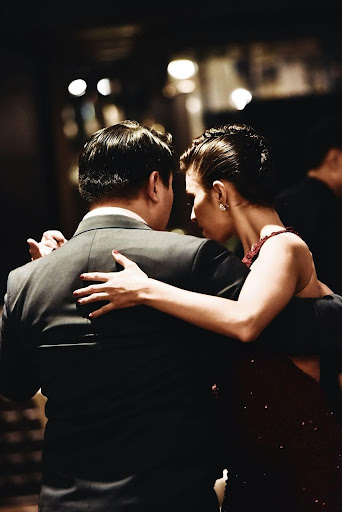
Salsa is a vibrant and energetic dance that originated in the Caribbean, particularly Cuba, and later spread across Latin America. It combines elements of Afro-Cuban rhythms, jazz, and other Latin dances like mambo and cha-cha.
Salsa is known for its fast-paced footwork, intricate turns, and playful partner interactions. It’s not just a dance but a celebration of life, often performed at social gatherings and festivals.
2. Ballet (France/Russia)
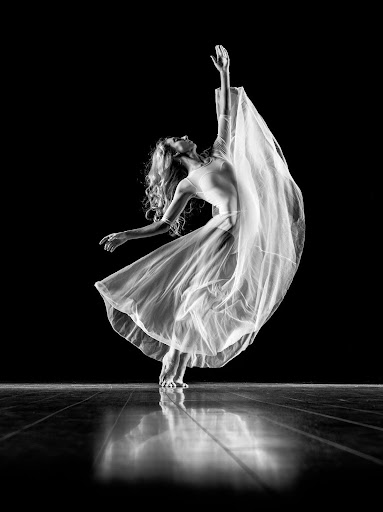
Ballet is a classical dance form that originated in the Italian Renaissance courts and later flourished in France and Russia. Known for its precision, grace, and storytelling, ballet emphasizes fluid movements, pointe work, and elaborate costumes.
Iconic ballets like Swan Lake and The Nutcracker have made this art form a timeless symbol of elegance and discipline.
3. Bharatanatyam (India)

Bharatanatyam is one of the oldest classical dance forms in India, originating in the temples of Tamil Nadu. This dance style is characterized by intricate footwork, expressive hand gestures (mudras), and elaborate facial expressions that convey stories from Hindu mythology.
Bharatanatyam is not just a performance but a spiritual practice, blending art, music, and devotion.
4. Tango (Argentina)
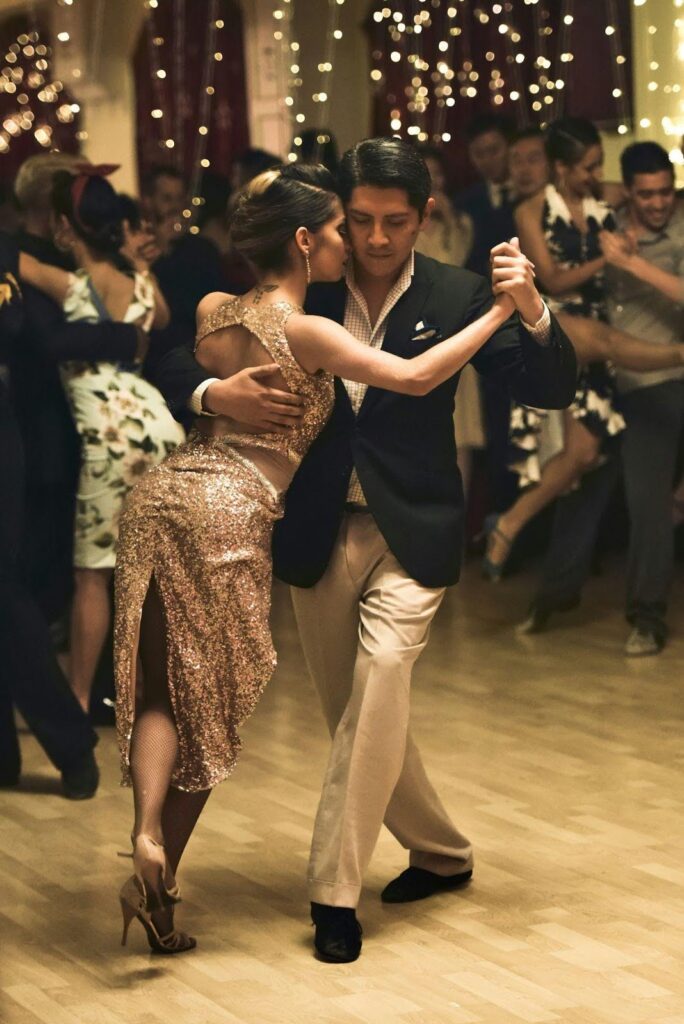
The tango is a passionate and dramatic dance that emerged in the late 19th century in the working-class neighbourhoods of Buenos Aires, Argentina. Known for its close embrace, sharp movements, and sensual flair, the tango is a dance of connection and emotion. It has since evolved into various styles, including ballroom tango, but its roots remain deeply tied to Argentine culture.
5. Hula (Hawaii)
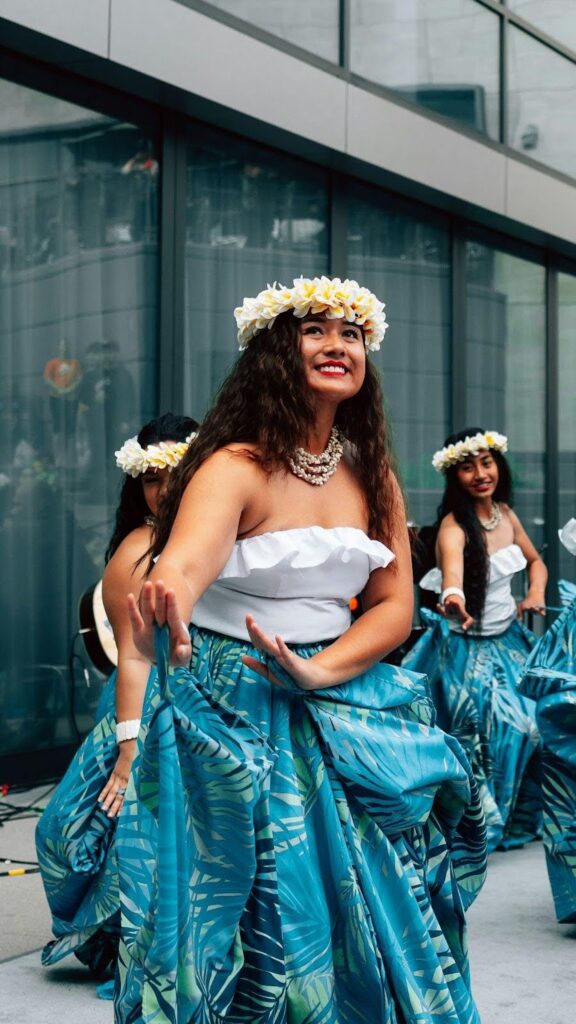
Hula is a traditional Hawaiian dance that tells stories through graceful movements of the hands, hips, and feet. Accompanied by chants (oli) or music (mele), hula is deeply connected to Hawaiian culture, history, and spirituality.
There are two main styles: hula kahiko (ancient hula) and hula ʻauana (modern hula), each with its unique rhythms and instruments.
6. Flamenco (Spain)
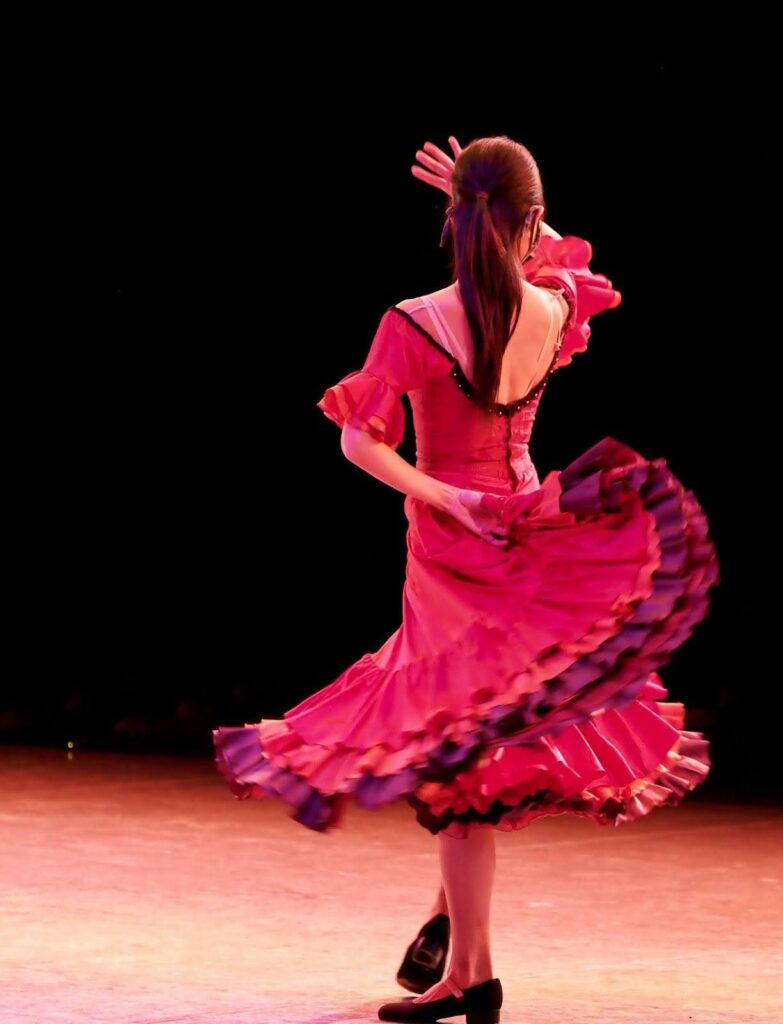
Flamenco is a fiery and expressive dance form that originated in the Andalusian region of Spain. It combines percussive footwork, dramatic arm movements, and emotional intensity, often accompanied by guitar music, singing, and handclaps.
Flamenco is more than just a dance, it’s a powerful expression of Spanish culture, history, and identity.
7. Hip-Hop (United States)
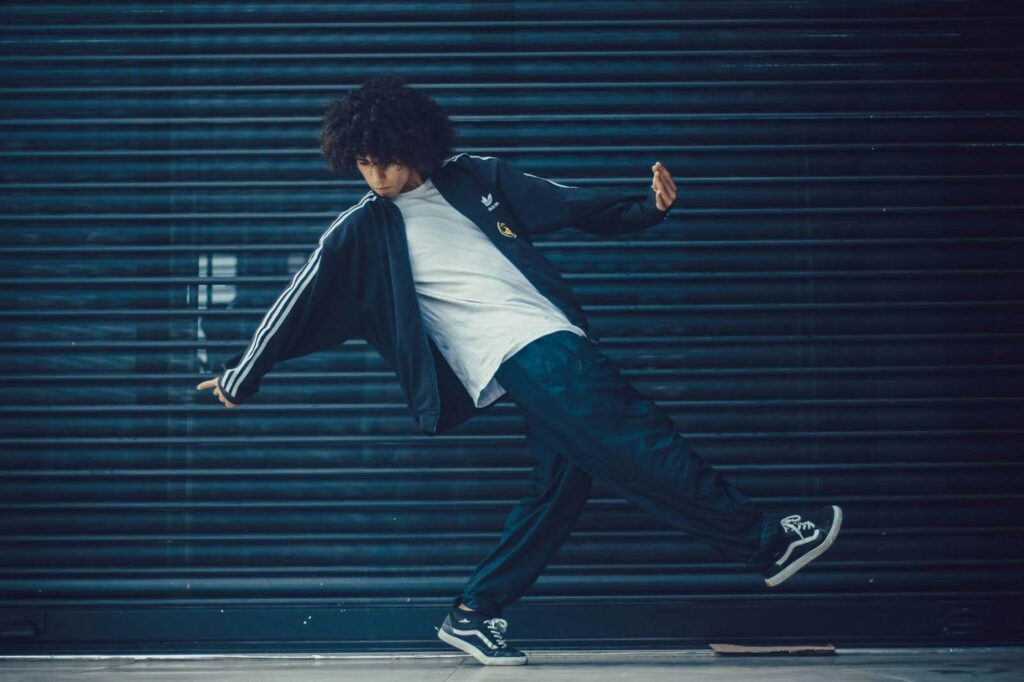
Hip-hop dance emerged in the 1970s in the Bronx, New York, as part of the broader hip-hop culture. It includes a variety of styles like breaking, popping, locking, and krumping, each with its unique techniques and rhythms.
Hip-hop is a dynamic and improvisational dance form that reflects urban life, creativity, and self-expression. It has since become a global phenomenon, influencing dance styles worldwide.
Final Word From Vividdose
These seven dance styles are just a glimpse into the rich tapestry of global dance traditions. Each style carries the essence of its culture, telling stories, preserving history, and bringing people together. Whether you’re twirling in a ballroom, stomping to flamenco rhythms, or swaying to hula chants, dance is a celebration of humanity’s creativity and connection.
So, the next time you hear music, let it move you because dance is not just an art form; it’s a way to experience the world.
Do you know how to dance?

